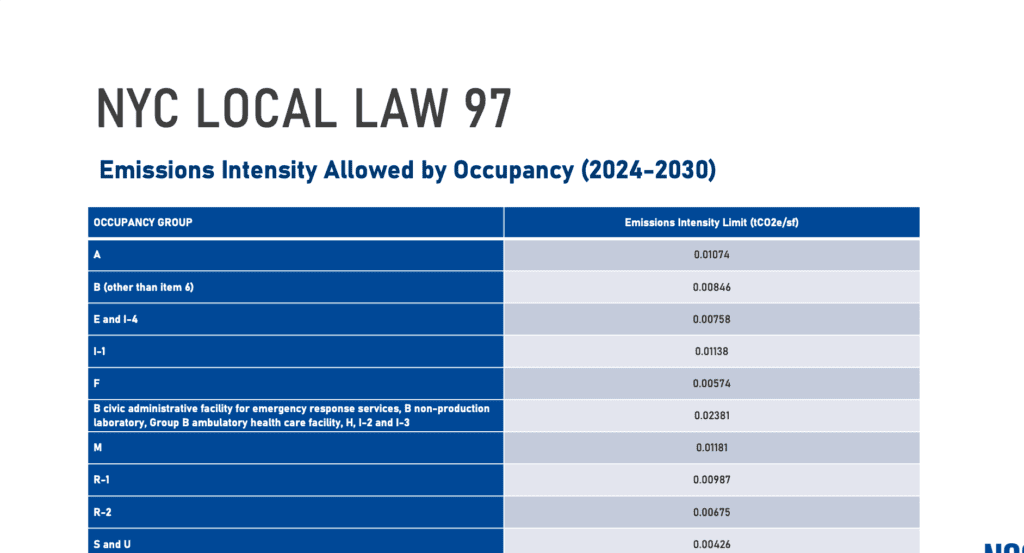
It’s time to cut through the jargon and get to the facts. Between government initiatives and societal expectations, everyone is working to do their part to be more energy efficient. To have a proper understanding of how you can make a positive impact, read on as we break down some popular terms with the NGS energy efficiency glossary.
The Energy Efficiency Glossary
Sustainability
Today, sustainability is more than just conserving water, energy, and waste. We’ve begun to expand our thought process with the decisions we make, like, what are we throwing away? What is the volume of what we are throwing away/consuming? And what is the environmental impact it has? What are the negative consequences of using this energy source vs. another?
The thought process is the same regarding sustainability and energy usage. We burn a lot of oil for energy, producing greenhouse gasses. Then, say we switch to burning natural gas. While this is better than burning oil, natural gas still produces greenhouse emissions that should be taken into account.
Resilience
Is your building up to the resilience standards of today? A better way to phrase that question is, if something terrible happens to your building, can it still maintain its operations? This could be anything from a natural disaster to a break-in that tests your building’s durability. A few things you need to consider when evaluating a building’s strength are its energy resources, disaster plans, water sources, and how you can reduce your environmental impact overall.
Carbon Tax
Moving right along in the energy efficiency glossary, let’s talk about carbon tax. In 2021, there were five different national carbon tax bills proposed in the U.S. The general idea behind these proposals is that they will look at your electrical bill every month and then tax you for carbon emissions based on how much electricity you consume. Thus, encouraging businesses to invest in green energy resources and decrease their energy consumption.
Cap and Trade
Have you ever heard of the term cap and trade? Several states in the U.S. offer cap and trade to businesses. So, what does it mean? As a company, you have a certain allotment of carbon usage, and if you don’t use it all, you can sell it to another company. On the plus side, this does encourage businesses to decrease their carbon footprint, but it doesn’t stop the energy hogs from just going out and buying more.
Local Law 97
Another popular term in our energy efficiency glossary is Local Law 97. This law is specific to New York and penalties will start going into effect in January 2025. Based on the type of building your business has, there will be an emission intensity limit you are allowed to have measured in (tons of Co2 per square foot) of building space. There are plans to continue to decrease the emission intensity limits again in 2030-2034.

NYC Local Law 97 Emissions Intensity Allowed by Occupancy
If you go over the emission rate for your building type, you will be charged $268 per ton of carbon. This could cost your business a large sum in annual penalty fees. Using something like solar window film, for example, can reduce your building’s energy consumption which would significantly lower your penalty fee.
Clean Energy DC
Clean Energy DC is an energy and climate protection program for the District of Columbia. This initiative explains how the district applies positive energy policies while promoting innovation, efficiency, and resilience.
Clean Energy DC is reevaluating what an energy system of today is, but with practicality to achieve specific goals. With Clean Energy DC, we can identify the actions that need to be taken on buildings, energy infrastructure, and transportation systems by 2032 to meet the district’s aspiring greenhouse gas reduction objectives.
Penalties for not meeting Clean Energy DC goals can be as high as $10 per square foot of gross floor space!
Energy Efficiency Is Not a Losing Battle
After reading through our energy efficiency glossary, you may be thinking ‘going green’ is a near-impossible task for the modern world. But, the truth is, we are making progress towards a more efficient and sustainable planet. For example, from 2002 to 2019, our coal production decreased by 65%. So, while we have a long way to go to reach our goals, don’t be discouraged because every small change makes a difference over time.
Ready to explore new ways to optimize your building’s energy efficiency? Here at NGS, our team of experts will utilize our comprehensive energy modeling software to draft a plan that helps you determine the best solutions to prevent wasting resources and save money.


